- Call us: 01444 237070
- Contact Us
- Stores
- Sign In / Register
-
- Back
- Used Cameras
- Used Accessories
- Used Lenses
- Used Video
- Used Film Equipment
- Used Stock Alert
- Used Blank Test
- Sell or Part Exchange
- Used Clearance
- Recently Added Used Equipment
- Park Picks
- All Used Black Friday Deals
- Faulty
- Trade-In
- Blog
- New in
- Call us
- Contact us
- Stores
- Sign in
- Categories
- Tips & Inspiration
- Reviews
- News
- Events
- Features
- Buying Guides
- Competitions
February Astrophotography Highlights in the UK
Images ©Jonathan Penberthy
This month, I have been working hard to seize every opportunity to get out imaging. In the south of England, we have been completely overwhelmed by cloudy nights, and the very few clear nights we’ve had have been overlit by the Moon.
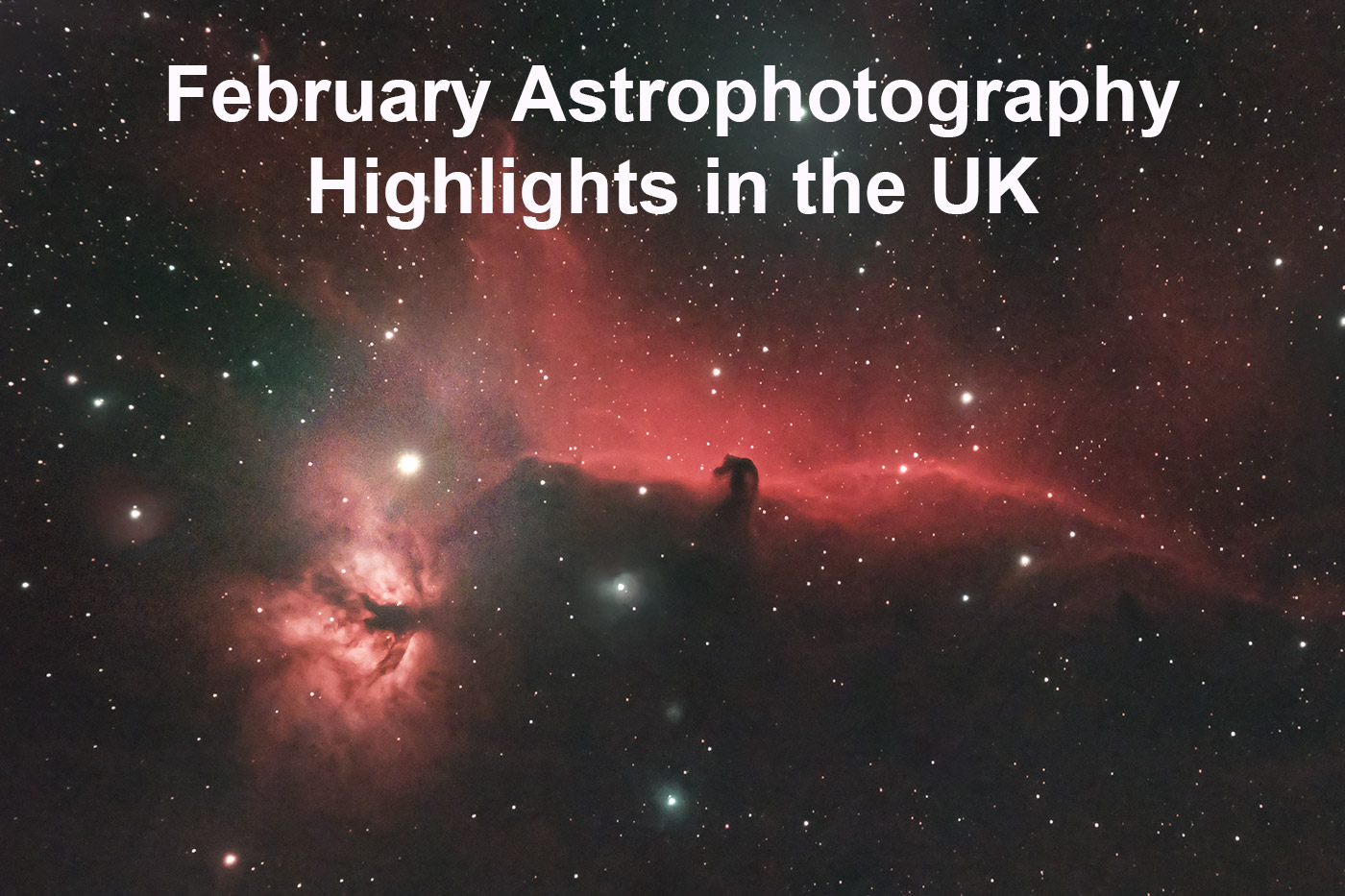
That being said, this is a hobby of patience. When you can’t be out capturing new data, there’s always time to service your kit, buy new equipment, or, of course, practise processing. The latter is probably the most important discipline I’ve had to develop to improve my images. Processing is an art form, and unlike the rest of the hobby—which is very much a science, where following a routine yields consistent results—processing requires a different approach.
With each target and every night presenting unique conditions, there are no hard and fast rules for processing. It is, if you like, your interpretation of the data. You must build your own workflow, understand what each piece of software can do, and learn how to use it to bring out the best detail, creating an image that is both technically strong and visually pleasing.
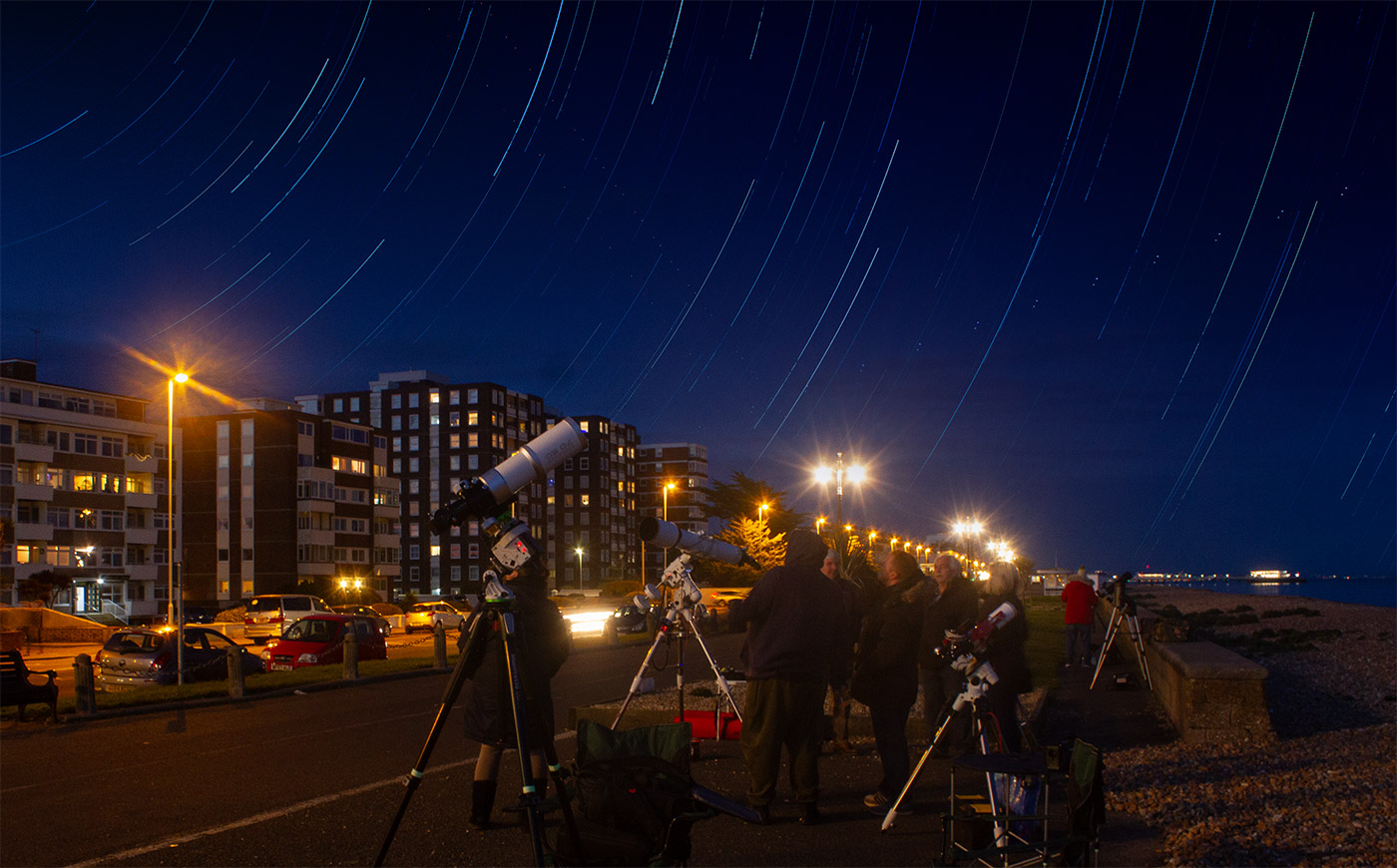
Camera: Canon EOS 7D
Lens: Canon EF-S 18-55mm, f/4.5, ISO 800.
Tripod: Manfrotto MK290LTA3-V 290 Light Aluminium Tripod and Befree Live Fluid Head Kit
Method: Foreground: Single exposure. Background (star-trails): 180 x 20s exposures, stacked in Sequator, re-compilled and blended in Photoshop/Lightroom.
Joining a local astro club (in my case, Worthing Astronomers) is by far one of the best decisions I’ve made in this adventure. You benefit not only from a shared interest and like-minded folk who also love capturing light in the dark but also from their wealth of knowledge and experience. My club can often be found on Worthing Seafront whenever it’s clear and there’s a full(ish) Moon, as shown in the picture above.
Through this, I discovered one of the best sources of inspiration in this hobby—someone I’m proud to now call a friend, Paul Ibbitson.
Paul is a highly experienced astrophotographer who is constantly evolving his kit and techniques. His willingness to experiment provides great insight into how to achieve success in this hobby. Much of my current setup was purchased from him, and he has now ventured into the world of Smart Telescopes, impressive bits of kit indeed! His current weapon of choice is the highly acclaimed and reasonably priced Dwarf 3.
In future editions of this blog I am sure I will share many of his masterpieces, so watch this space!
Luna
Moon phases in Feb - https://www.spaceweatherlive.com/en/moon-phases-calendar/2025/2.html
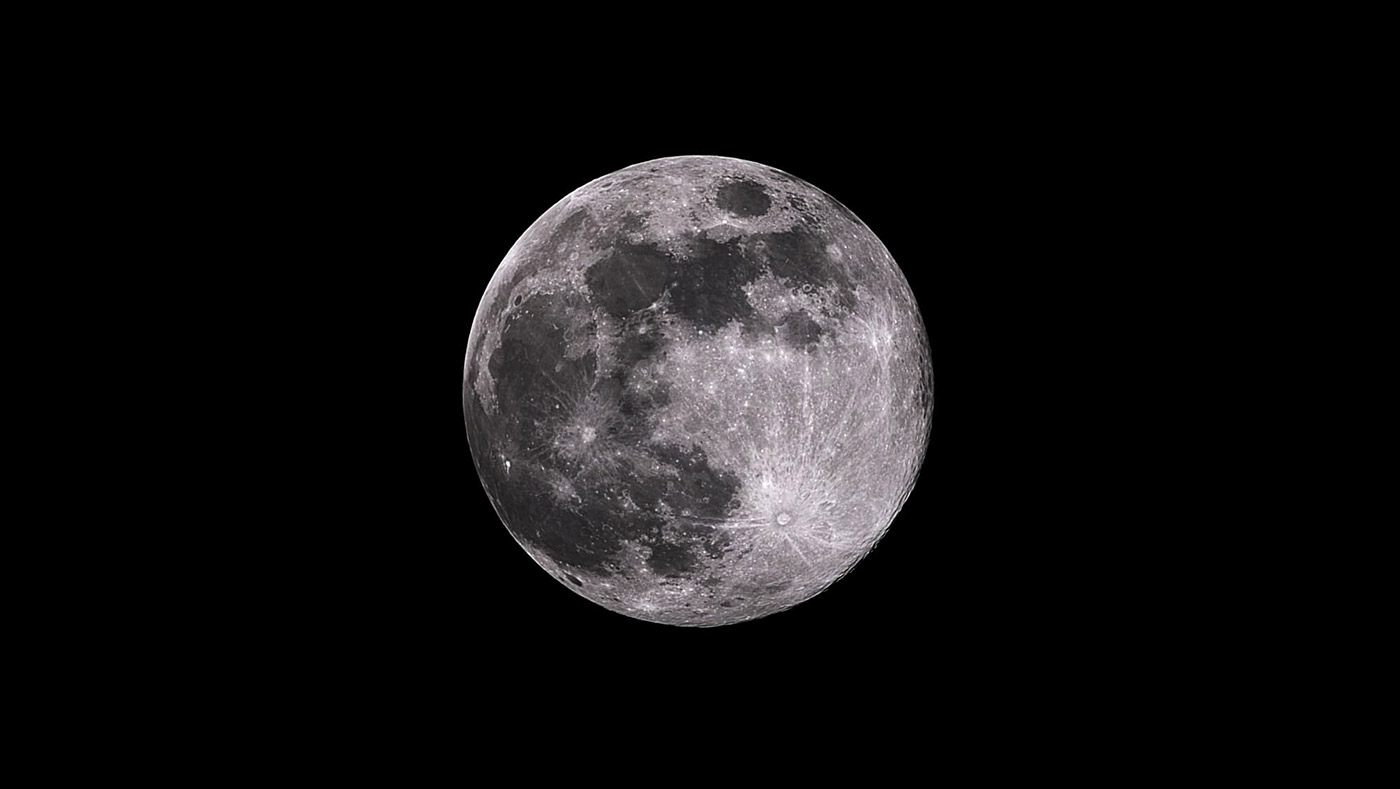
Image "Moon" - Paul Ibbitson 13th Jan 2025 - Worthing (Bortle 4/5).
Exif
Dwarf 3
299 x 1/1600 a second exposures.
Gain 0
Dwarf internal stack, post processing in Affinity Photo 2
Planetary
Fun Fact:
The Moon is approximately 250,000 miles from Earth at apogee (its furthest point in orbit). Remarkably, this means that all the other seven planets could fit within the space between Earth (radius: 7,926 miles) and the Moon (radius: 1,080 miles)!
Planet radii:
- Mercury: 3,032 miles
- Venus: 7,521 miles
- Mars: 4,221 miles
- Jupiter: 88,846 miles
- Saturn: 74,898 miles
- Uranus: 31,518 miles
- Neptune: 30,599 miles
NASA/JPL-Caltech
Whilst the above fact is interesting, it will sadly never happen, and if it did, the gravity of Jupiter would mean we’d rapidly become one big planet!
However, something remarkable is happening in our night sky that offers a chance to see all the planets at the same time: a grand alignment of all seven planets will occur for a few evenings around 23rd February. The best time to catch this celestial event is just after sunset, but don’t delay, as the planets will quickly start to dip below the horizon.
Mercury takes only 88 Earth days to complete an orbit, while Neptune takes nearly 165 Earth years! While all the planets lie on the ecliptic plane and are relatively aligned, it’s rare for them to appear in the same part of the sky simultaneously.
It’s somewhat of an illusion, with each planet separated by millions of miles, but it’s a remarkable sight nonetheless. For those who enjoy observing the planets, this is a rare opportunity to see them all on the same night!
Deep Sky Objects
This month, largely due to the lack of clear nights I have been working hard on my image processing skills. I am learning very quickly the importance of calibration frames, and having a sensor clean, which you can also do yourself with the VSGO Camera And Lens Cleaning Kit Range.
As you’ll see in my images below, the benefits of these extra frames are significant. Using the ZWO ASIAir Pro (please call 01444 237070 for pricing), I can monitor the temperature of my astro-modded Canon 500D. Even when it’s -2°C outside, after 10 or so 5-minute-long exposures, I regularly see the sensor temperature rise above 15°C, which introduces all sorts of noise into the image.
Taking a good selection of Dark frames (identical to Light frames but with the lens cap on) is crucial for reducing this noise. Additionally, Flat frames—which the ASIAir can automatically set the exposure time for—help remove any dust that may have accumulated in the imaging train.
To address the temperature issue and further reduce noise, I’m considering purchasing a ZWO ASI585MC Pro cooled camera (please call 01444 237070 for pricing). This will allow me to better control the sensor temperature, ensuring cleaner and more detailed images.
1. Heart (IC 1805) and Fishhead (IC 1795) Nebula.
Despite these two emission nebulae looking like they are part of the same structure, they are, in fact, about 1,500 light-years apart. The Fishhead Nebula is approximately 6,000 light-years from Earth, while the Heart Nebula lies about 7,500 light-years away. However, both are located in the Perseus arm of the Milky Way Galaxy (our galaxy, though we reside in the Orion arm).
Situated in the constellation of Cassiopeia, these nebulae are fantastic targets for astrophotography at this time of year. With a combined magnitude of around 6.5–7 and an immense size of roughly 100 light-years (spanning 2 degrees of the sky, or about four full Moons), they provide stunning and expansive celestial sights.
Previous best attempt: November 2024
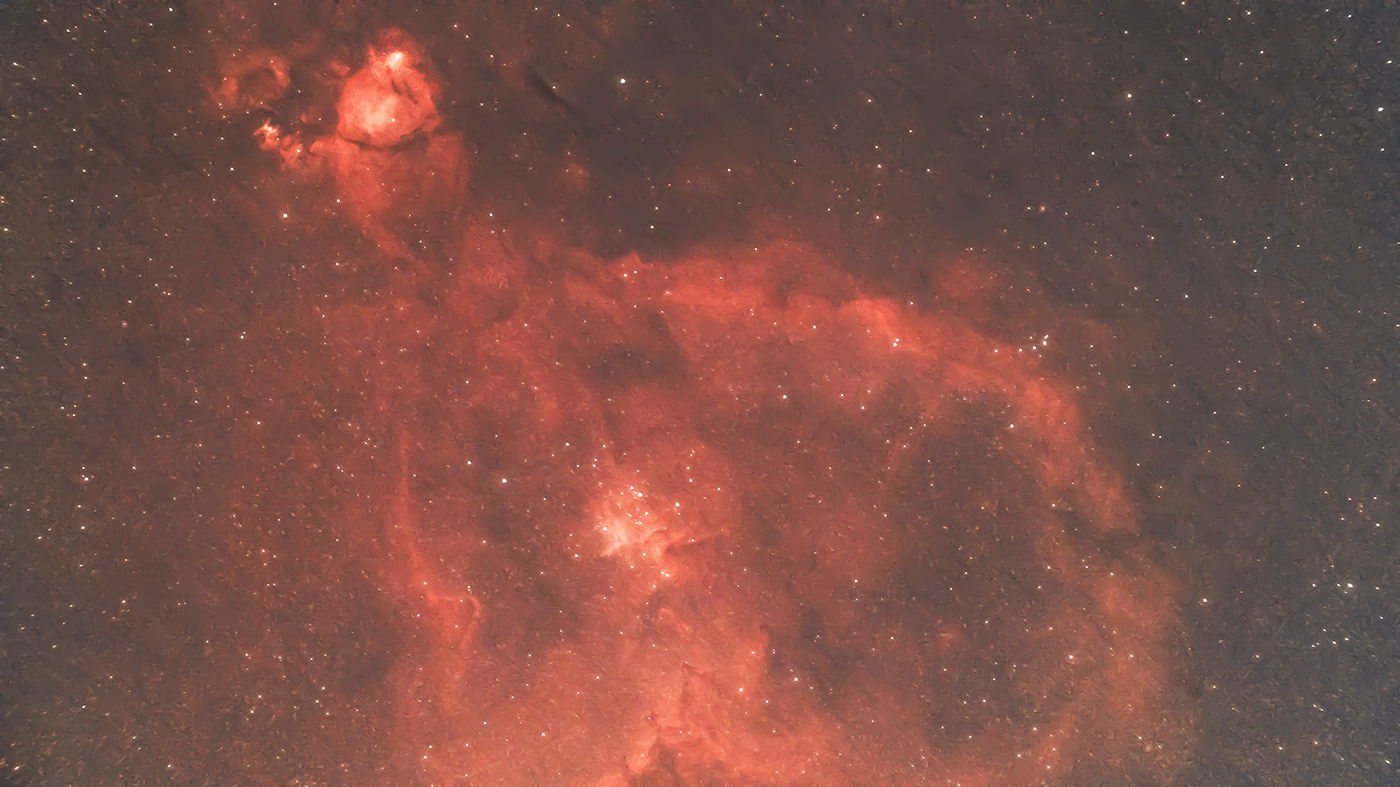
Just look at the noise and the absolute over-kill with the denoise in Lightroom to try an mitigate the lack of calibration frames.
Camera: Canon 500D (astro modified)
Telescope: Altair Astro 70ED Telescope (420mm) – Please call for pricing 01444 237070
Mount: Sky-Watcher EQ5 Pro Mount – Please call for pricing 01444 237070 – similar mount head https://www.parkcameras.com/shop/sky-watcher-star-adventurer-gti-mount-and-tripod_9801115k
Guide Camera: ZWO ASI120mm-s – Please call for pricing 01444 237070
Guide Scope: SVBony 30mm (f4) s – Please call for pricing 01444 237070
Computer: ZWO ASIAIR pro - Please call for pricing 01444 237070
Method: Lights: 24 x 300 second exposure @ISO1600.
Stacked in Deep Sky Stacker, StarNet++ for star removal. Stretched, recompiled and edited in PhotoShop and Lightroom.
Current best attempt: December 2024
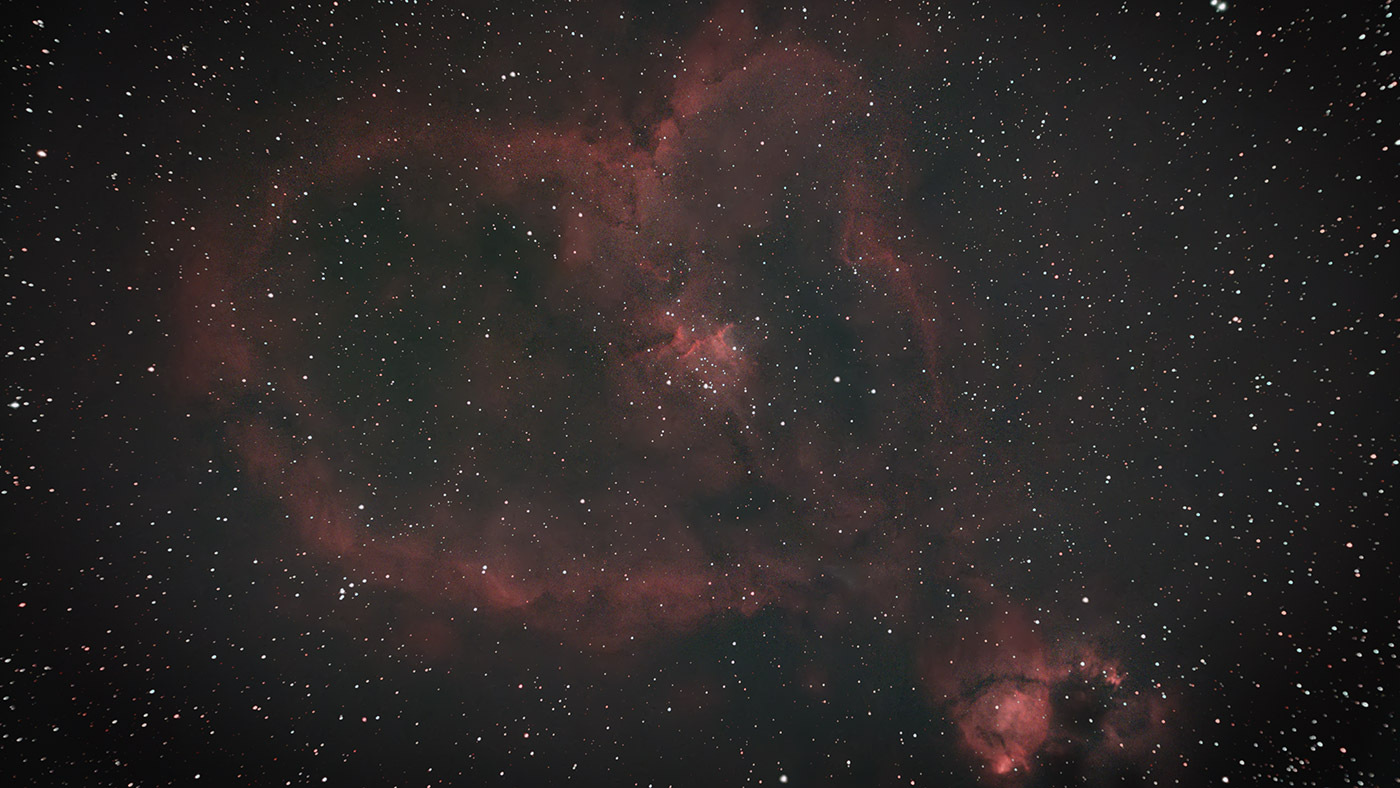
You can really see the difference. Yes, we have half as much data, but the photometric colour calibration, the calibration frames, and restraint on denoise in Lightroom have, in my opinion, resulted in a much cleaner image.
Camera: Canon 500D (astro modified)
Telescope: Altair Astro 70ED Telescope (420mm) with 0.8x reducer/flatner – Please call for pricing 01444 237070
Mount: Sky-Watcher EQ5 Pro Mount – Please call for pricing 01444 237070 – similar mount head https://www.parkcameras.com/shop/sky-watcher-star-adventurer-gti-mount-and-tripod_9801115k
Guide Camera: ZWO ASI120mm-s – Please call for pricing 01444 237070
Guide Scope: SVBony 30mm (f4) s – Please call for pricing 01444 237070
Computer: ZWO ASIAIR pro - Please call for pricing 01444 237070
Method: Lights: 12 x 300 second exposure @ISO1600.
Darks: 12 x 300 second (library).
Flats: 30 x 1/30 second.
Stacked in Deep Sky Stacker, Siril used for photometric colour calibration, StarNet++ for star removal. Stretched, recompiled and edited in PhotoShop and Lightroom.
2. Horsehead (Barnard 33) and Flame (NGC2024) Nebula
Another two-for-one target! This time, we’re looking into the Orion arm of the Milky Way Galaxy, the same arm in which we reside. The Horsehead Nebula, named for its iconic horsehead shape, is a dark nebula, while the Flame Nebula is a bright emission nebula. These two nebulae are relatively close to each other, around 150 light-years apart, and are located 1,350–1,500 light-years from Earth. However, the bright star you can see between them, Alnitak, is only 600 light-years away. That means Alnitak is closer to Earth than it is to the Horsehead Nebula—yet they appear right next to each other. That’s the vastness of space!
The challenge with this target (at least for me) is photographing Alnitak. It’s so bright that it blows out the image, and controlling it requires masking layers in Photoshop for the best results. Time is running out to photograph this target until it reappears in autumn, so I hope to add more data to bring out the rich nebulosity behind the Horsehead and the detail in the Flame. With a magnitude of 7.3, these targets are relatively bright and easy to locate. In the Northern Hemisphere at this time of year, look for Alnitak, the leftmost star in Orion’s Belt.
Previous best attempt: January 2024
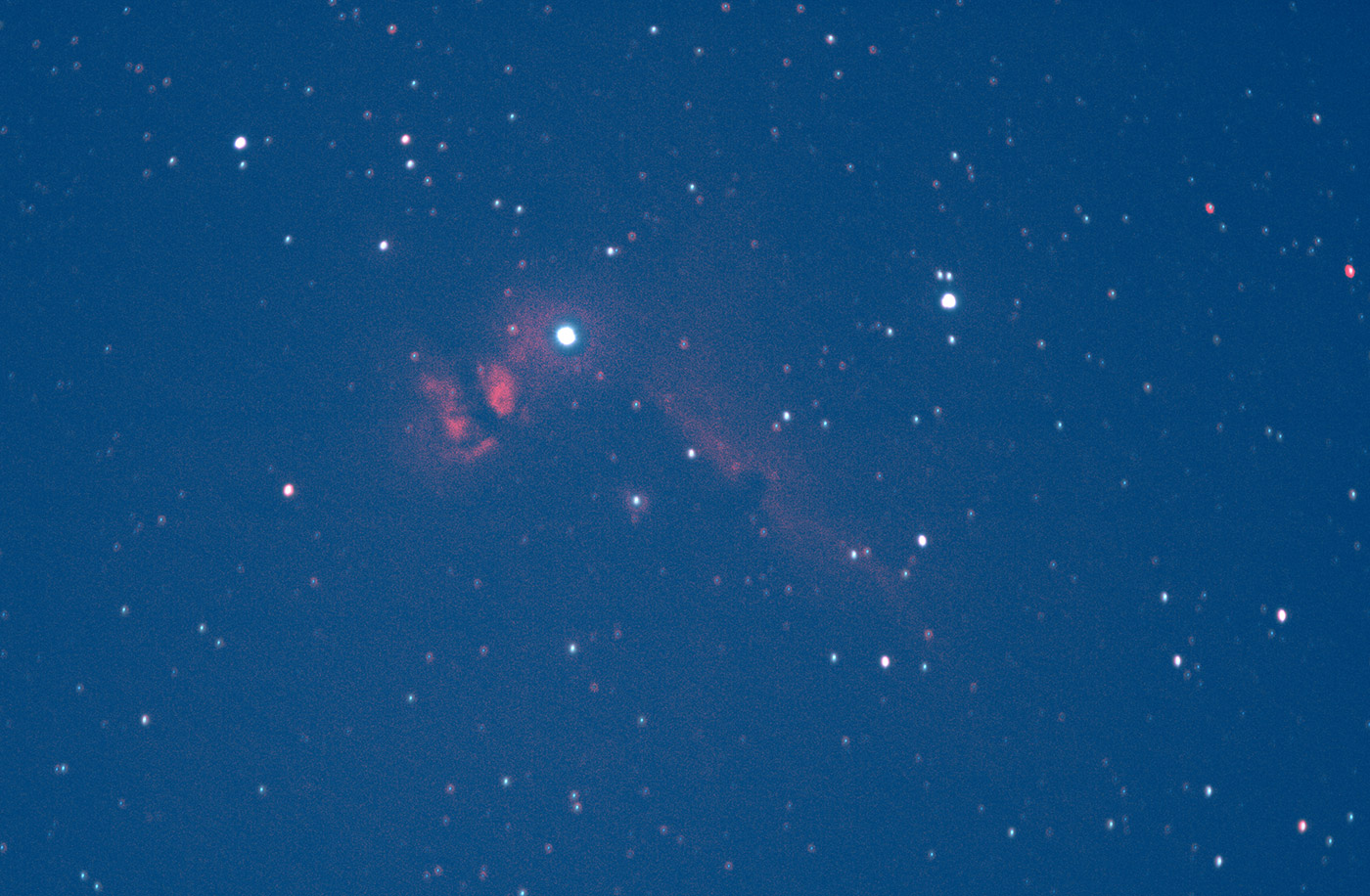
Camera: Canon EOS 7D
Lens: Sigma 70-200mm f2.8
Mount: Sky-Watcher Star Adventurer 2i – Please call for pricing 01444 237070
Method: 50 x 20 second exposure @ISO1600. Stacked in Deep Sky Stacker, Stretched and edited in Photoshop/Lightroom.
Current best attempt: January 2025
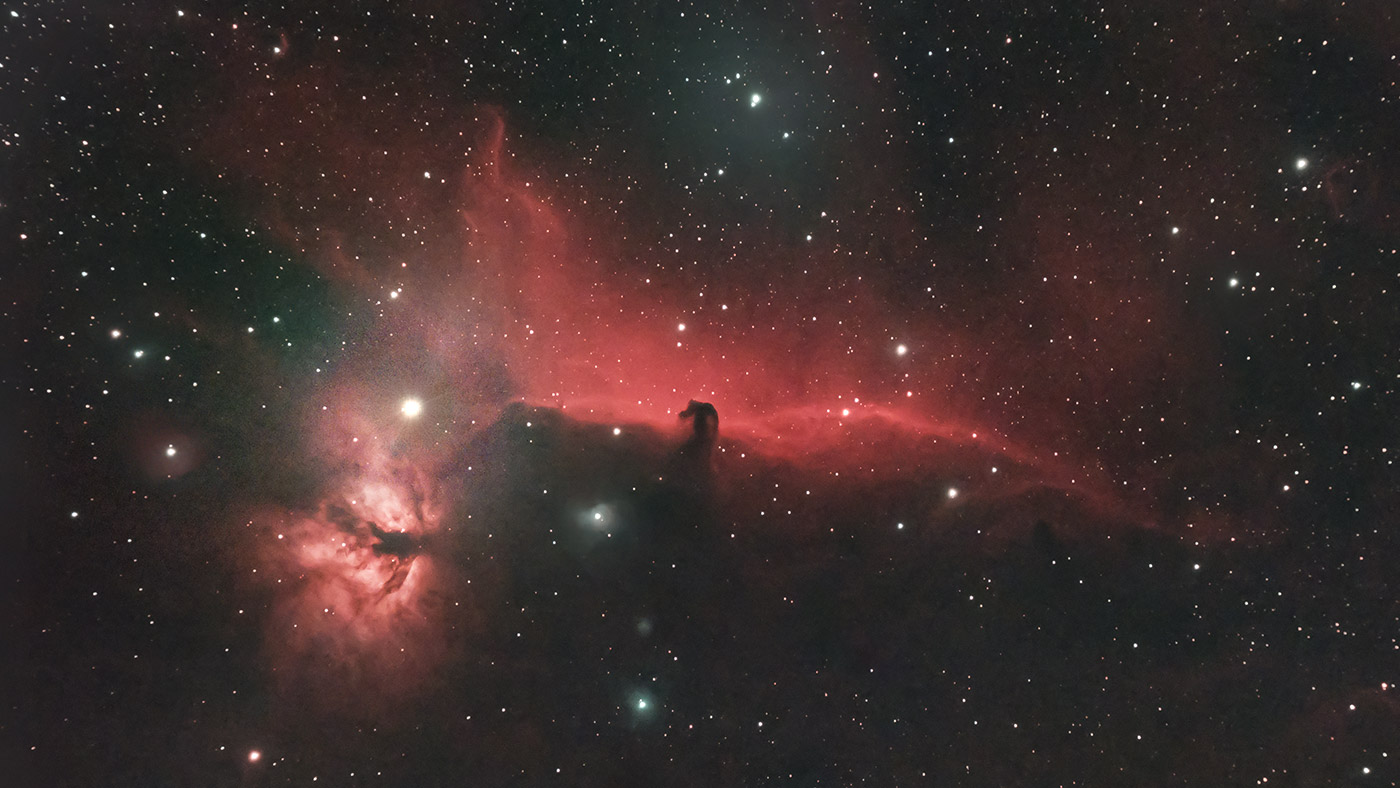
When I compare these two images, I can truly see how far I’ve come in this hobby. Sure, my equipment has changed dramatically, but alongside that, my processing skills have also improved significantly. I’m still some way off mastering this discipline, but I believe I can see the shoots of hope starting to emerge.
Sadly, I’ve only managed 1 hour and 15 minutes of data on this target so far. I hope that before Orion sets for the spring and summer in our night sky, I’ll be able to add a few more hours to it.
Camera: Canon 500D (astro modified)
Telescope: Altair Astro 70ED Telescope (420mm) with 0.8x reducer/flatner – Please call for pricing 01444 237070
Mount: Sky-Watcher EQ5 Pro Mount – Please call for pricing 01444 237070 – similar mount head https://www.parkcameras.com/shop/sky-watcher-star-adventurer-gti-mount-and-tripod_9801115k
Guide Camera: ZWO ASI120mm-s – Please call for pricing 01444 237070
Guide Scope: SVBony 30mm (f4) s – Please call for pricing 01444 237070
Computer: ZWO ASIAIR pro - Please call for pricing 01444 237070
Method:
Lights: 15 x 300 second exposure @ISO1600.
Darks: 12 x 300 second (library).
Flats: 30 x 1/30 second.
Stacked in Deep Sky Stacker, Siril used for photometric colour calibration, StarNet++ for star removal. Stretched, recompiled and edited in PhotoShop and Lightroom.
3. Tadpole Nebula (NGC 1893)
This is my first attempt at capturing this target in the Auriga constellation, a young star cluster estimated to be about 4 million years old. It contains approximately 4,600 young stellar objects and is associated with the H-II region IC 4101.
With a magnitude of 7.5, it is impressively bright, considering it lies 12,400 light-years away! I’m particularly fond of this one because, much like the Horsehead and Flame Nebulae, it truly resembles its name.
Once again, this is a target we’ll soon be saying goodbye to as the nights grow shorter with the approach of spring.
Current best attempt: January 2025
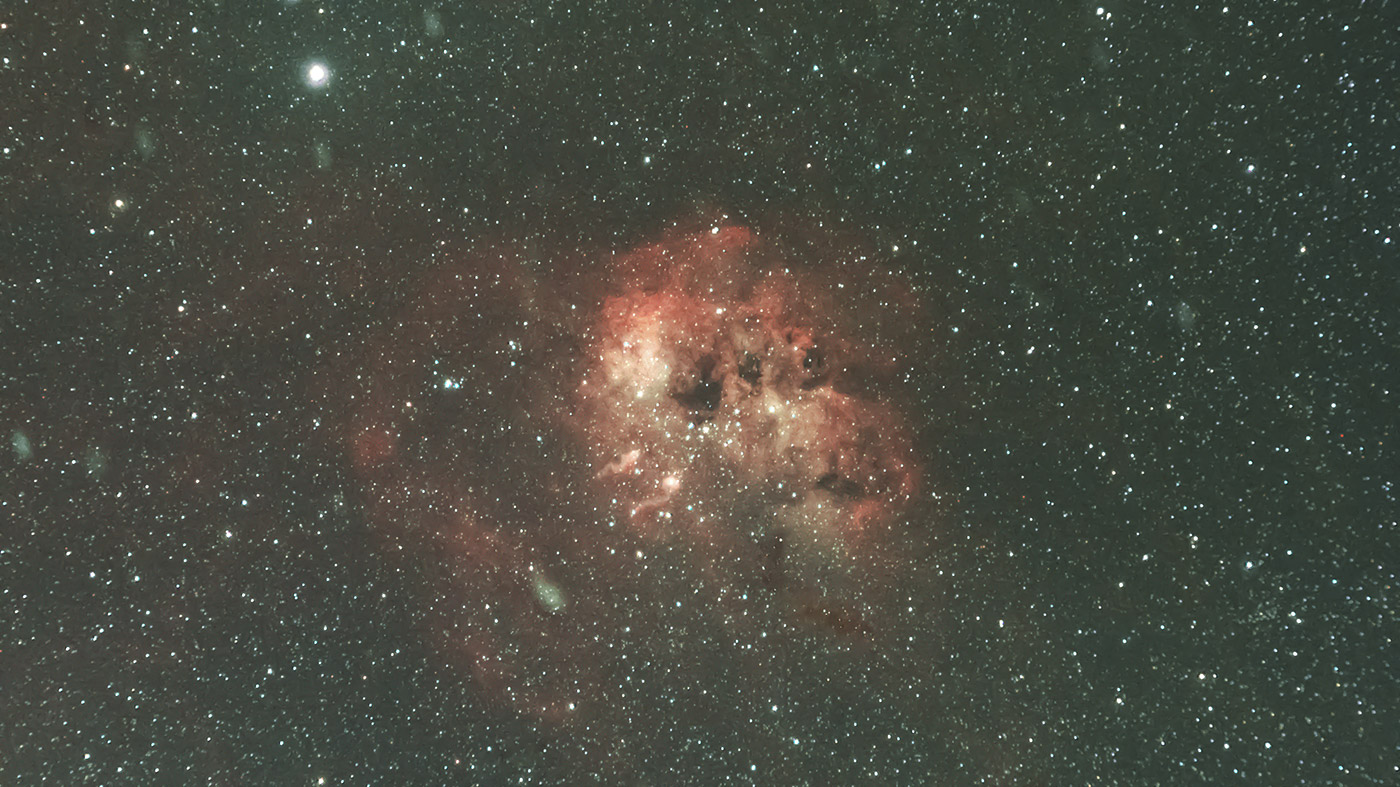
Camera: Canon 500D (astro modified)
Telescope: Altair Astro 70ED Telescope (420mm) with 0.8x reducer/flatner – Please call for pricing 01444 237070
Mount: Sky-Watcher EQ5 Pro Mount – Please call for pricing 01444 237070 – similar mount head https://www.parkcameras.com/shop/sky-watcher-star-adventurer-gti-mount-and-tripod_9801115k
Guide Camera: ZWO ASI120mm-s – Please call for pricing 01444 237070
Guide Scope: SVBony 30mm (f4) s – Please call for pricing 01444 237070
Computer: ZWO ASIAIR pro - Please call for pricing 01444 237070
Method:
Lights: 24 x 300 second exposure @ISO1600.
Darks: 12 x 300 second (Library).
Flats: 30 x 1/30 second.
Stacked in Deep Sky Stacker, Siril used for photometric colour calibration, StarNet++ for star removal. Stretched, recompiled and edited in PhotoShop and Lightroom.
Next month, we enter Galaxy Season, as our orbit shifts our view of the night sky outward from the Milky Way into the deep space vistas of galaxies!
Share this post:
By Jonathan Penberthy on 24/01/2025
Jonathan Penberthy
Cosmic Shutter Seeker and Star Programmer
Jonathan Penberthy is the Cosmic Shutter Seeker and Star Programmer at Park Cameras, with over 20 years of experience as a software engineer. His career journey has spanned industries, but a move to Park Cameras sparked a passion for astrophotography. Jonathan’s interest began while working on a lens selection app, leading him to explore the night sky with a Canon 7D. When he’s not programming or photographing the stars, he enjoys sailing and navigating by the cosmos. Learn more on his profile page.
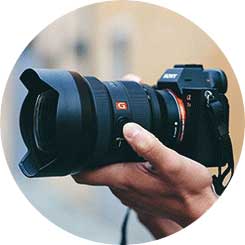
Trade in your old equipment
Fast and easy trade in service ensures your old gear is collected efficiently and you are paid quickly! It's very simple to trade in your unwanted photography gear. Just head over to our dedicated Sell or Part Exchange page, fill out the details, and we'll get back to you with an offer for your old gear. Take the cash, or put it towards the cost of your new gear. It's up to you! Find out more
sign up to the newsletter
Keep up to date on the latest photography news, events and offers. Sign up now
